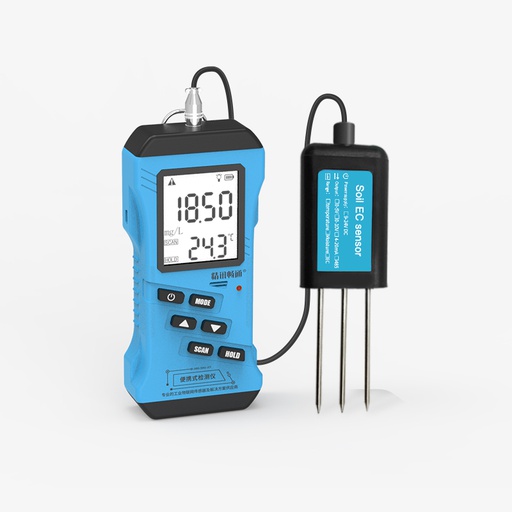Soil content and quality is a key factor of crop health. Physically, soil material and density affects water infiltration and retention. Chemically, pH of soil affects nutrient availability and uptake. Biologically, enzyme content and bacterial content relate to the ability of soil to recycle nutrients and resist disturbance. While some soil characteristics are permanent qualities of a soil, and therefore part of soil selection criteria, others can be controlled and optimized. The best way to start the process of improving soil health is by measuring soil using a soil pH meter.
Soil Nutrients
Nutrient addition is the primary action taken to improve soil for crop health. Fertilization with inorganic nutrients is a common and straightforward method of nutrient addition, however, many other methods exist. Crop rotation has a long history of improving soil health and availability of nutrients, since the bacteria present in the roots of differing crops affect soil quality in various ways. Nutrients, which include nitrogen, phosphorus, and potassium, are only available to plants if not bound to organic molecules. Soils can also be amended with plant growth-promoting bacteria, though longevity of helpful bacterial populations is dependent on populations of competing bacterial strains.
The Importance of pH for Plants
pH monitoring is a crucial component of horticulture maintenance for crop health. The best pH for plants is typically bewtween 5.5 and 6.5, though some plants may thrive in more acidic or more alkaline soils. Additionally, soil nutrients are tied strongly with pH of soil; in fact, pH control maximizes the efficiency of fertilizers by controlling nutrient bioavailability.
Besides nutrients, pH of soil affects the presence of toxic elements, structure of certain soils, and the activity of soil bacteria. For example, aluminum can leach from soils with a pH below 5.0 and cause plant toxicity. Soils with heavy clay content may become excessively hard or sticky at non-neutral pH. Lastly, bacterial activity that assists in nutrient availability is optimized from pH 5.5 to 7.0.
Tips for Adjusting Soil pH
The pH of soil is adjusted by adding chemicals. Sulfur is a common additive used to lower soil pH, while lime is added to increase soil pH. However, it is difficult to decrease the pH of naturally alkaline soils, even with sulfur addition. Therefore, pH can also be a component of soil selection, in addition to the soil’s physical and biological components.
Since pH stabilization can take from three to six months, adjusting garden pH well ahead of planting is advised. However, even last minute corrections can still benefit plant or crop health.
Soil needs to contain enough moisture for lime or sulfur to react, thus irrigation is necessary for amendment of some soils. Tilling improves the reaction rate of soil amendment, especially if focused on the upper six to eight inches of soil. Surface application results in a slower reaction and equilibration time, but can be useful for further pH adjustment after planting.
How to Measure the pH of Soil
There are several methods of measuring soil or garden pH. The easiest method is by measuring soil pH using a pH meter. Because soil is semi-solid, the best pH sensors for measuring soil pH have spear shaped glass, which allows users to pierce the surface of the soil without breaking the probe.
Another way to measure the pH of a soil is to extract soil chemistry into a water solution. The simplest method mixes soil with water in a 1:1 ratio to allow for measurement of a liquid sample using a standard pH electrode. Sometimes, soil is mixed with a high ionic strength buffer solution made of calcium chloride in order to counter salt content variability in the soil. Another common method irrigates saturated soil with distilled water. Distilled water maximizes the leaching of chemical constituents to give the best estimate of soil pH. Once enough water is collected from the base, the pH is measured using a pH electrode.
Since soil is a heterogeneous solid mixture and can retain ions and soluble content with high spatial variation, there is no absolute soil pH value. Instead, method consistency is the most important; measured pH values can vary between measurement techniques, but consistency within a technique will reveal shifts in pH toward acidity or alkalinity.

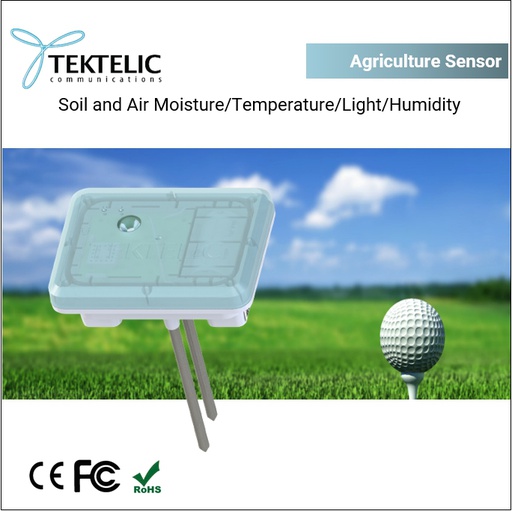

![[JXBS-3001-TR] LoRaWAN 7 in 1 Integrated Soil Sensor](/web/image/product.template/48282/image_512/%5BJXBS-3001-TR%5D%20LoRaWAN%207%20in%201%20Integrated%20Soil%20Sensor?unique=539c3a4)

![[LSPH01-AS923] LoRaWAN Soil pH Sensor](/web/image/product.template/48994/image_512/%5BLSPH01-AS923%5D%20LoRaWAN%20Soil%20pH%20Sensor?unique=539c3a4)

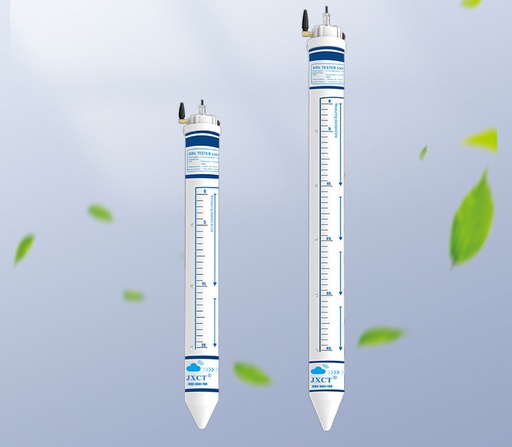
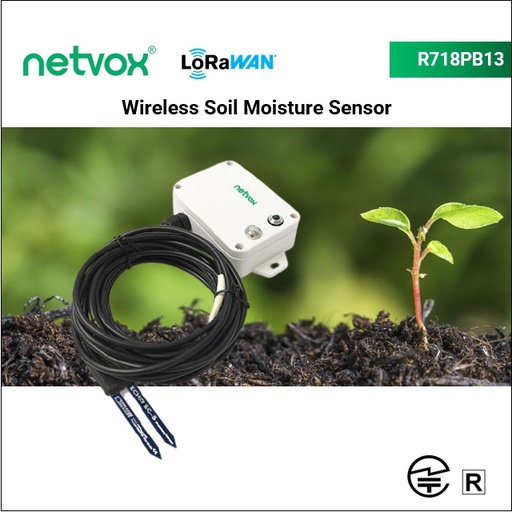
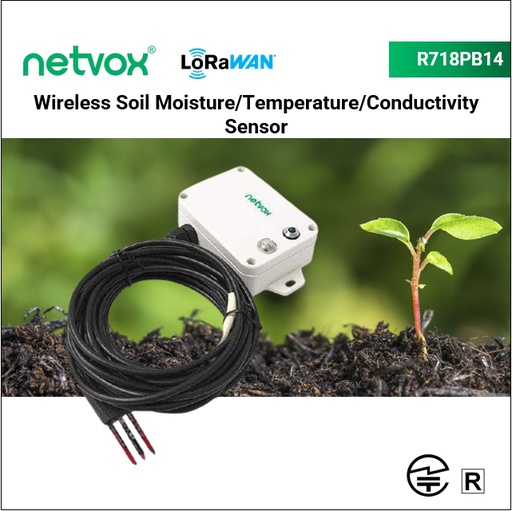
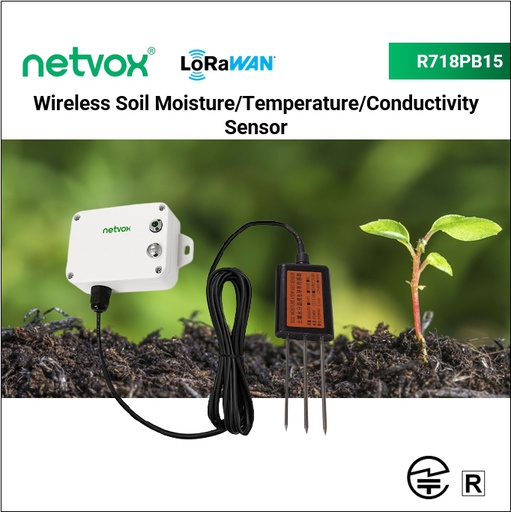
![[ARCHIVE] Speed Soil Measuring instrument](/web/image/product.template/49686/image_512/%5BARCHIVE%5D%20Speed%20Soil%20Measuring%20instrument?unique=539c3a4)
